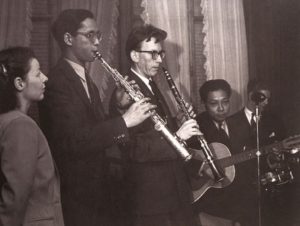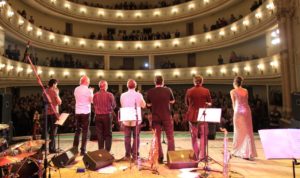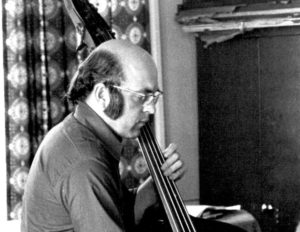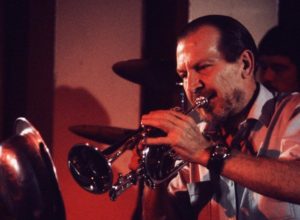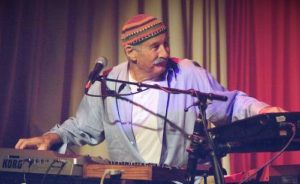Jazz In Poland
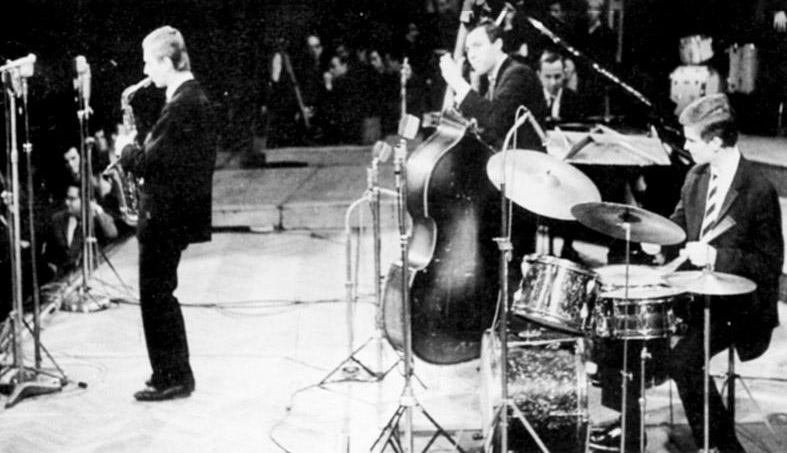
Between the wars, and following Poland’s renewed independence in 1918, dance bands were hugely popular. A generation of Polish-Jewish musicians and composers led orchestras in the big cities, that performed a heady assortment of foxtrots, tangos and twosteps alongside more jazz-related dances like the black bottom and charleston. Among these, pianist Szymon Kataszek (1898-1943) and saxophonist/violinist Zygmunt Karasiński (1898-1973) formed what has been called Poland’s first jazz band in 1923 in Gdansk. Other band leaders included brothers violinist Artur Gold (1897-1943) and composer Henryk Gold (1902-1977), and their cousin, pianist Jerzy Petersburski (1895-1979). All of these composers are perhaps more interesting for their contributions to Polish tango than to jazz. With the rise of Hitler in Germany from 1933, the Polish dance band scene saw an influx of German-born Jewish musicians like trumpeter Eddie Rosner (1910-1976) and violinist Arkady Flato, who would further enrich the music in the late 1930s, by which time jazz was a much more identifiable element in the repertoire.
Inevitably, with the Nazi invasion and occupation of Poland in September 1939, there was a tragic end for many of these musicians. Rosner, Peterburski and Henryk Gold all fled to Russia, Karasiński went into hiding, Arkady Flato committed suicide in the Warsaw ghetto, and both Gold and Kataszek were murdered in concentration camps in 1943.
German Occupation was followed by the Sovietisation of Polish society and culture, and jazz was effectively outlawed under the Stalinist regime of Bolesław Bierut, who was virtual dictator of Poland from 1947 to 1956, albeit only with Stalin’s seal of approval. In 1949, the officially sanctioned Composer’s Convention declared that jazz was “… ideologically foreign, socially suspicious, and based on hostile American patterns”. Nevertheless, and despite limited access to recordings from USA or Western Europe, jazz was fostered by ‘underground’ groups, like the Hot Club Melomani in Łódź, which grew out of that city’s famous film school, where both Andrzej Wajda and Roman Polański were students. Another student, saxophonist Jerzy “Duduś” Matuszkiewicz, formed the collective in the late 1940s. In the early 1950s, two young, contemporary-inclined pianists Andrzej Trzaskowski and Krzysztof Komeda joined the collective, resulting in two different ‘Melomani’ groups, one playing swing, the other more modern-oriented. By 1958, with Poland’s cultural life somewhat freer, Melomani became the first Polish jazz band to perform at the National Philharmonic in Warsaw. The group then disbanded, possibly feeling that their mission (taking jazz from the catacombs into the national concert hall) had been accomplished.
more to follow…!
